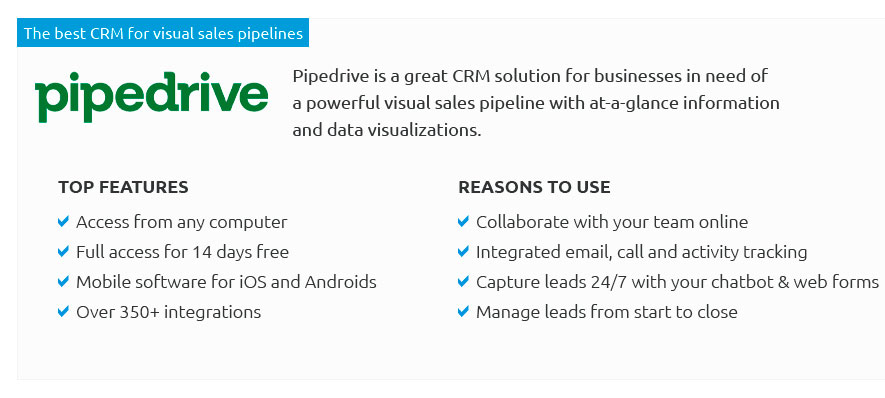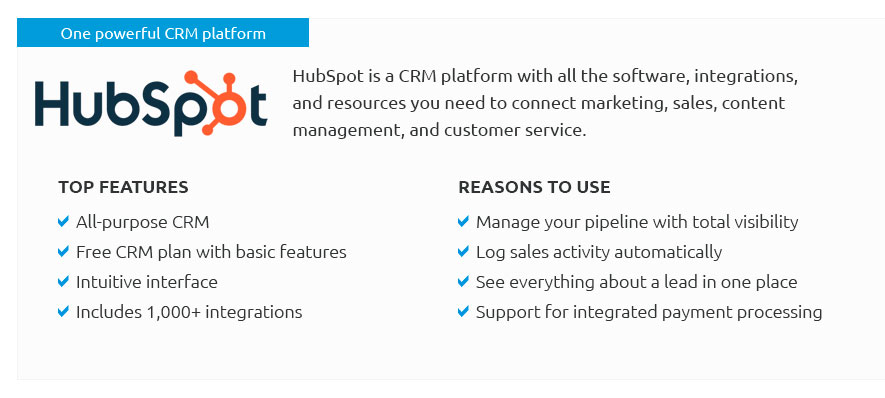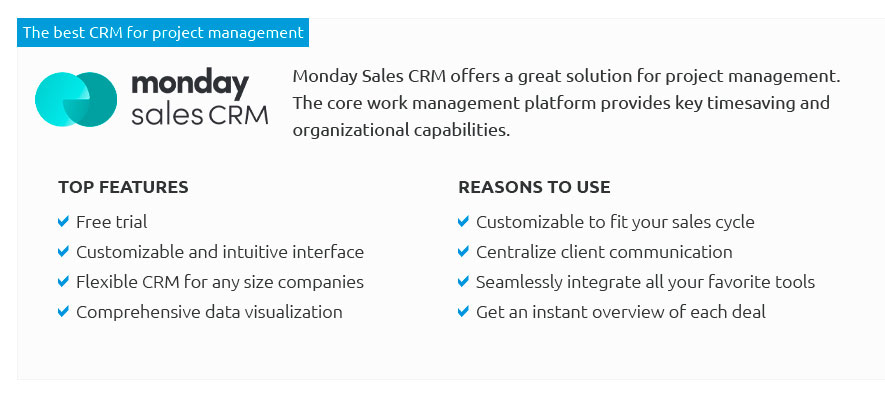 |
 |
 |
 |
 |
|
 |
|
 |
|
 |
|
 |
|
 |
|
 |
 |
Project Management Project Folder Structure TemplateIn the intricate world of project management, where meticulous organization often spells the difference between success and chaos, the significance of a well-designed project folder structure cannot be overstated. Imagine embarking on an elaborate project without a roadmap, a scenario that undoubtedly leads to confusion and inefficiencies. A thoughtfully crafted project folder structure template acts as that essential roadmap, guiding project managers, team members, and stakeholders alike through the multifaceted journey of project execution. At its core, a project folder structure template serves to streamline operations, offering a consistent framework that ensures everyone involved has a clear understanding of where to locate critical documents, track progress, and store deliverables. This consistency is particularly vital in larger organizations where multiple teams might be collaborating across different projects simultaneously. The beauty of such a template lies in its ability to be both comprehensive and adaptable, catering to the unique requirements of various projects while maintaining a foundational consistency. Key features of an effective project folder structure include logical categorization, intuitive navigation, and scalable flexibility. Logical categorization typically involves organizing folders by phases or deliverables, such as Initiation, Planning, Execution, Monitoring and Control, and Closure. Within each phase, subfolders might house specific documents like meeting minutes, reports, and timelines, effectively minimizing the risk of misplacing crucial information. This logical setup not only simplifies access but also enhances collaborative efforts by clearly defining where each piece of information resides. Furthermore, intuitive navigation is achieved by adhering to a naming convention that resonates with the project’s objectives and team dynamics. A well-named folder can save countless hours, sparing team members the frustration of sifting through cryptically labeled files. For instance, folders can be named with a combination of project codes, phases, and dates, ensuring clarity and ease of access. The flexibility of a project folder structure is perhaps its most underrated aspect. A rigid template might seem beneficial at first glance, but the true test of its efficacy lies in its ability to adapt to evolving project needs. A robust template allows for the addition of new subfolders as projects grow or pivot, accommodating unexpected shifts without disrupting the existing order. This adaptability ensures that the folder structure remains a valuable asset throughout the project lifecycle, rather than becoming an obsolete constraint. From a personal perspective, embracing a well-defined project folder structure template can be likened to adopting a disciplined lifestyle; it demands initial effort and forethought but ultimately rewards with increased efficiency, reduced stress, and greater productivity. It facilitates seamless onboarding of new team members, enabling them to swiftly acclimate to the project's organizational framework, thus minimizing downtime and expediting the overall workflow. To encapsulate the advantages of a project folder structure template, consider the following key highlights:
In conclusion, the value of a project folder structure template transcends mere organization; it embodies a strategic approach to project management that prioritizes clarity, efficiency, and adaptability. By investing in a well-designed template, organizations can unlock the potential for smoother operations, enhanced teamwork, and successful project outcomes, ultimately seeing the bigger picture where order fosters innovation and achievement. https://www.projectmanagement.com/discussion-topic/180150/recommended-project-management-folder-structure
Hi All, We are in process of setting up the PMO and we are planning to refine the Project Folder Structure for all the projects. We are currently planning ... https://www.reddit.com/r/projectmanagement/comments/jrmp00/sample_project_folder_structure/
I started a new job this week and the company does not have any real formal standards when it comes to Project Management. https://en-gb.support.procore.com/products/online/user-guide/project-level/documents/tutorials/create-a-standard-project-folder-structure-for-the-documents-tool
It is generally recommended that you create your folder structure in the default project template so you can carry this structure over to other ...
|